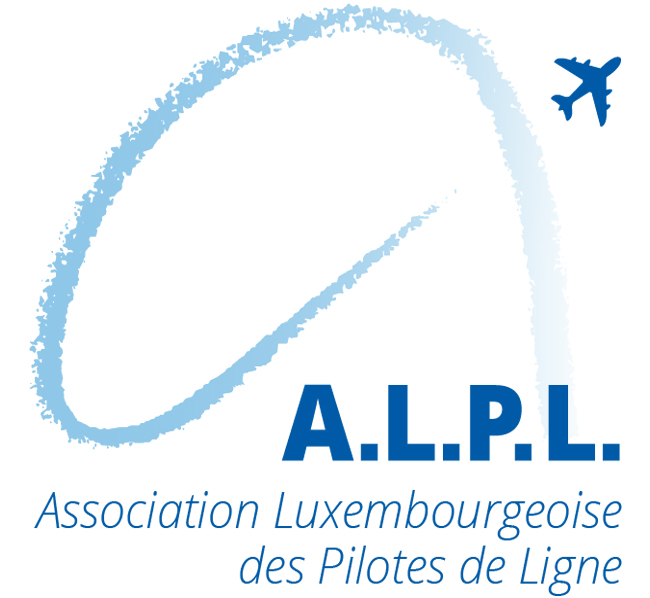In short: EU Flight Time Limitation rules set a mandatory limit of 900 flight hours per calendar year, to prevent cumulative air crew fatigue from endangering flight safety.
This limit applies since mid-2008 and was reconfirmed in 2014. All EU Member States and their airlines complied with this rule – except Ireland. The Irish Aviation Authority (IAA) chose to interpret ‘calendar year’ as meaning e.g. 1 April to 31 March. The rest of the EU interpreted it the intended way: 1 Jan. to 31 Dec. The IAA had been aware that this interpretation was unique in Europe. This interpretation happened to be very convenient for any summer-intensive airline regulated by Ireland. The IAA joined the EU-wide consensus only in 2017 – i.e. 9 years after the limit was initially set and almost 3 years after it had been reconfirmed in the EU’s updated operational flight safety rules.
Over the past few days, numerous questions have arisen about EU rules limiting the annual flight hours of pilots and cabin crew to 900 flight hours per calendar year. Here some facts:
- The limit of 900 flight hours per year (which is not to be confused with ‘duty hours’ or with vacation / annual leave) applies since July 2008, when an EU-wide flight safety legislation became applicable across Europe (“EU-OPS” Regulation 1899/2006, Subpart Q).
- This limit was put in place in order to limit the risk of cumulative pilot fatigue, i.e. fatigue resulting from cumulating many consecutive months of ‘heavy-duty’ flying. Scientific research had shown that not only ‘transient’ fatigue (e.g. at the end of a 13 hours flight duty) can pose a safety risk, but also the accumulation of intensive duties over longer consecutive periods (‘cumulative fatigue’).
- To ensure safe flight operations – through fully alert pilots – the EU legislator reconfirmed this 900 flight hours limit, when updating its ‘Flight Time Limitations’ legislation (Reg. 83/2014), which entered into force on 18 Feb. 2014 and applies since 18 Feb. 2016.
- Any airline registered in the EU and any EU Member State had a 2-years transition period (Feb. 2014 – Feb. 2016) to make the necessary preparations at operational and staff / human resources / recruitment level, in case this 900 hours limit was not yet applied.
- While all EU Member States – and airlines registered in their country – had applied this limit since 2008 by interpreting the term ‘calendar year’ as meaning 1 Jan. to 31 Dec., one EU country had chosen a different interpretation: Ireland, choosing e.g. 1 April to 31 March.
- This interpretation had the side-effect of starting the 900 hours’ clock only e.g. on 1 April, thereby allowing Irish airlines to use more intensively their pilots & cabin crew during the peak summer months, while putting them on leave during the calmer autumn/ winter.
- Since 2017, the IAA complies with the intended interpretation (1 Jan. – 31 Dec.). This change means that Irish airlines now have to spread their crews’ flight duties more evenly over the year – as intended by the EU legislator and as practiced by their EU competitor airlines, who did not benefit from the convenient, more permissive Irish interpretation.
- This change also means that Ireland is now compliant with an important flight safety requirement that it had chosen to ignore since 2008, as well as with EU Reg. 79/2000 which requires working time to be spread as evenly as practicable throughout the year.
Note: The extent to which individual airlines could have used the transition period since Feb. 2014 to adapt their flight schedules & operations and adjust their recruitment & training of air crew, in order to avoid travel disruption and possible pilot shortages, is beyond ALPL’s and ECA’s remit to comment.




